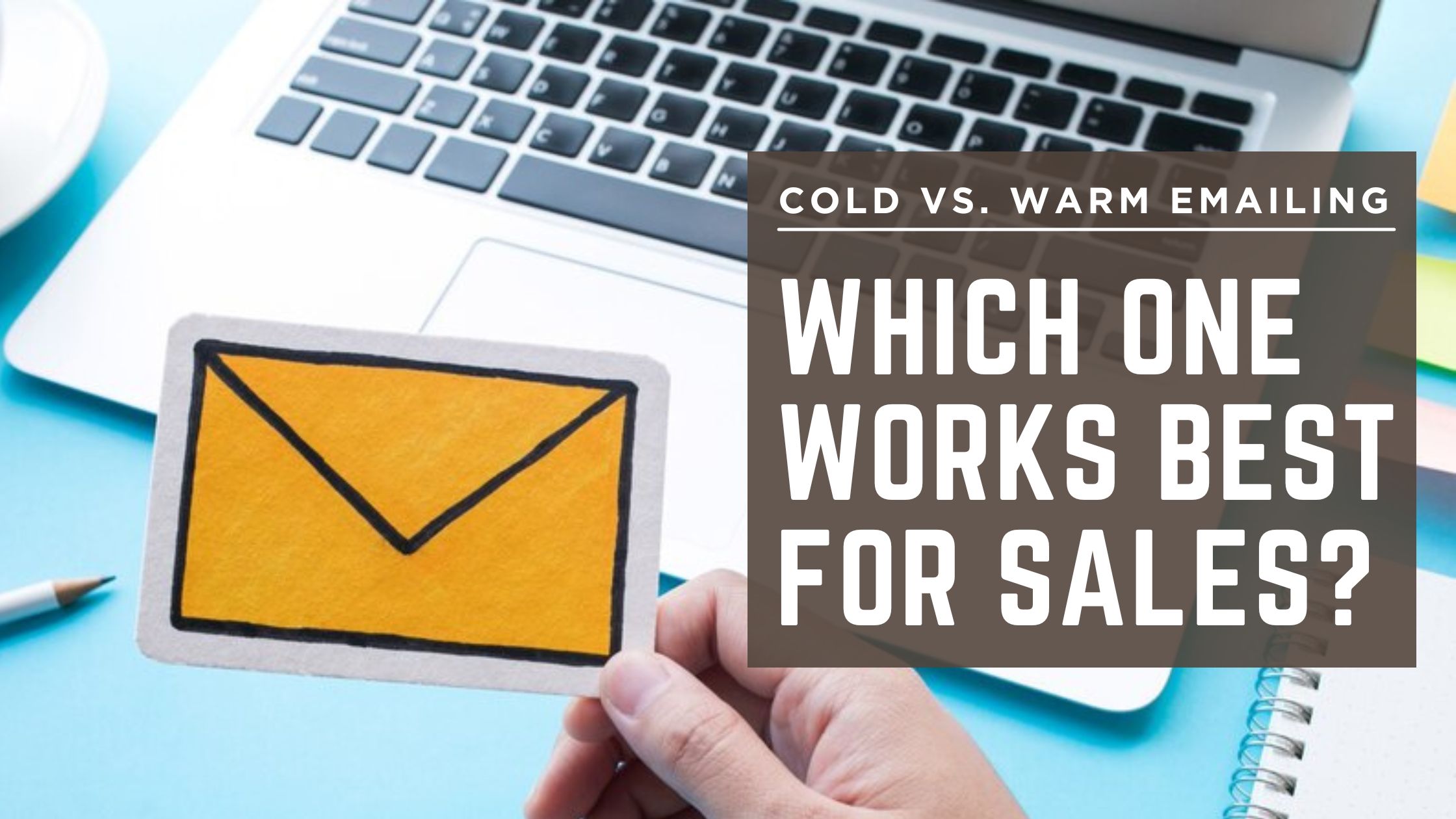The world of digital marketing is ever-changing. However, in this volatile market, email remains a constant and ever-evolving communication method for businesses to connect with customers. Well, when it comes to reaching out to your target audience, sending bulk emails is always effective, but for that, there are two approaches: cold emailing and warm emailing.
While both approaches aim to generate leads and drive sales, their execution and effectiveness are different. In this post, we will see the difference between cold emailing and warm emailing and identify which will work best for you to drive sales.
What is Cold Emailing?
Cold emailing is the method of reaching out to people with whom your brand has no previous interaction. Emails sent through cold emailing are unsolicited and often sent in bulk to a target audience. The primary goal of cold emailing is to introduce your brand to a large group of audience and generate interest to initiate a business relationship.
Now, when it comes to cold emailing, strategic planning is needed. This is to ensure that your emails are not marked spam. Research well and create your emails personalized and relevant based on the interest of the recipients. Considering this will increase the chances of engagement.
Pros of Cold Emailing
Scalability
As cold emailing is targeted to a raw audience who has no idea about your brand, you can target a large audience quickly and efficiently to promote the brand.
New Market Penetration
Cold emailing is ideal for introducing your brand to potential customers who may not be aware of your offerings, and they might entice them.
Low Cost
If we compare cold emailing to call calling or other outreach methods, it is highly cost-effective. With the advent of AI, cold emailing can be automated and personalized.
Lead Generation
Cold emailing is ideal for generating high-quality leads and expanding the sales pipeline, especially when done correctly and strategically.
Cons of Cold Emailing
Low Response Rates
As cold emailing is targeted to people who are not expecting your emails, it generally has low response rates.
Risk of Being Marked Spam
If cold emailing is not done smartly and strategically, there is a high risk of your emails landing in the spam folder.
Lack of Personalization
Bulk cold emails can feel impersonal and irrelevant; hence, they are less likely to convert.
Legal Compliance Problems
Many countries have strict email marketing problems like GDPR and CAN-SPAM, hence, you need to strictly adhere to these regulations to avoid penalties.
What is Warm Emailing?
On the contrary, warm emailing targets prospects who have interacted with your brand previously in one or another way. The interaction could be through the website, newsletter subscription, past purchases, webinar, or social media engagement.
As this form of email marketing targets people who already know your brand, the engagement rates here are higher when compared to cold emailing. Hence, it also has a better conversion potential.
Emails sent using this approach are more personalized and tailored to the recipient’s needs. This makes warm emailing more powerful for nurturing leads and driving sales.
Pros of Warm Emailing
High Engagement Rates
In warm emailing, businesses target people who are already aware of your brand. Hence, when you send emails to such people, the chances of your emails being opened and engaged become high.
Better Personalization
Warm emails can be tailored to different segments of the recipients to increase relevance and improve response rates.
Build Stronger Relationships
Nurturing existing leads with warm emails tends to build trust and enhance brand loyalty. This also helps build long-term relationships with the customers.
Low Risk of Spam Issues
As warm emails are sent to people who have engaged with your brand previously, there is a low risk that your emails will be marked as spam.
Cons of Warm Emailing
Limited Audience Size
Warm emailing has a limited audience, unlike cold emailing. Hence, there is a restricted outreach potential.
Takes Time to Build Relationships
Warm emailing requires prior engagement to build long-term healthy relationships. This takes time and effort.
Not Ideal for Immediate Sales
Warm emailing is more focused on nurturing relationships, which may not provide immediate conversions.
Cold vs. Warm Emailing: Which One Is More Effective for Sales?
Now that we have explored the pros and cons of both approaches, let’s compare them based on different sales objectives.
1. Lead Generation
- Best Approach: Cold Emailing
- If your goal is to generate a high volume of leads quickly, cold emailing is more effective. It allows you to reach a larger audience and introduce your product to new prospects.
2. Conversion Rates
- Best Approach: Warm Emailing
- Warm emails have significantly higher conversion rates because the recipient is already familiar with your brand and more likely to engage.
3. Relationship Building
- Best Approach: Warm Emailing
- If your objective is to build long-term relationships with potential customers, warm emailing is the better approach. It nurtures trust and strengthens customer relationships.
4. Time Efficiency
- Best Approach: Cold Emailing
- Cold emailing allows for mass outreach and quick responses, making it more efficient for immediate lead generation.
5. Return on Investment (ROI)
- Best Approach: Warm Emailing
- Warm emails tend to deliver a higher ROI since they target engaged recipients who are more likely to convert.
6. Compliance and Deliverability
- Best Approach: Warm Emailing
- Since warm emails are sent to engaged users, they have lower chances of being flagged as spam and are more compliant with email marketing laws.
How to Make the Most of Both Approaches?
While both cold and warm emailing have their strengths, the best sales strategy often incorporates both approaches. Here’s how you can maximize their effectiveness:
1. Improve Cold Email Success Rates
- Personalize your emails based on the recipient’s industry, role, and potential pain points.
- Keep the subject line compelling and concise.
- Provide clear value and a strong call to action.
- Avoid spammy language and follow email compliance regulations.
- Use follow-up sequences to increase response rates.
2. Optimize Warm Email Engagement
- Segment your email list based on customer behavior and interests.
- Personalize email content based on previous interactions.
- Offer valuable content such as case studies, exclusive offers, and educational resources.
- Maintain consistency in communication without being intrusive.
3. Integrate Cold and Warm Emailing into Your Sales Funnel
- Use cold emailing to reach new prospects and introduce them to your brand.
- Once a lead engages, transition them into a warm email sequence with personalized follow-ups.
- Leverage automation tools to track interactions and nurture leads effectively.
Conclusion
When it comes to sales outreach, there is no one-size-fits-all answer to whether cold or warm emailing works best. Cold emails are ideal for generating new leads and expanding your reach, while warm emails excel in nurturing relationships and driving conversions.
The key to a successful email marketing strategy lies in balancing both approaches, leveraging personalization, and continuously optimizing your outreach efforts.
By strategically using both cold and warm emailing, businesses can create a comprehensive sales pipeline that maximizes engagement, fosters trust, and ultimately drives revenue growth.
Whether you’re a startup looking for quick lead generation or an established brand focused on customer retention, mastering both cold and warm emailing can help you achieve your sales goals effectively.





